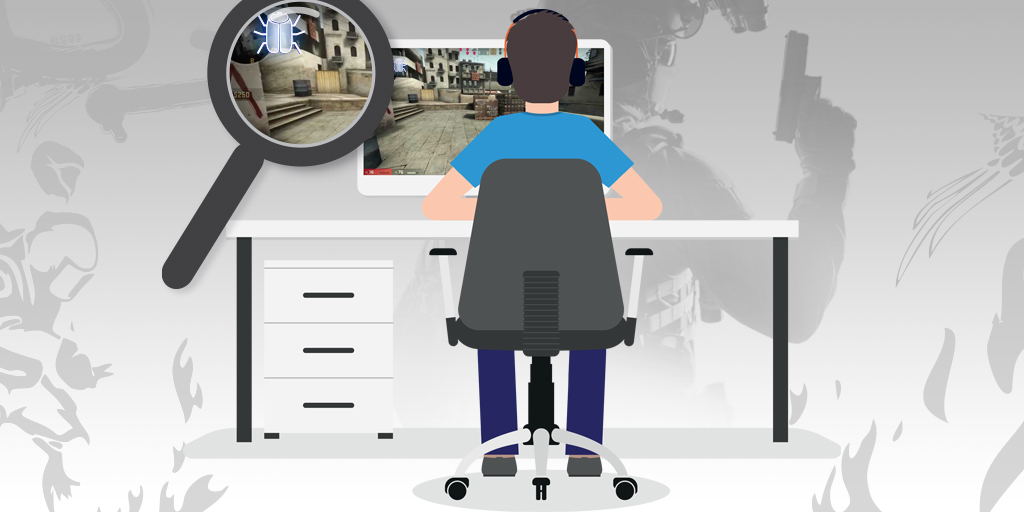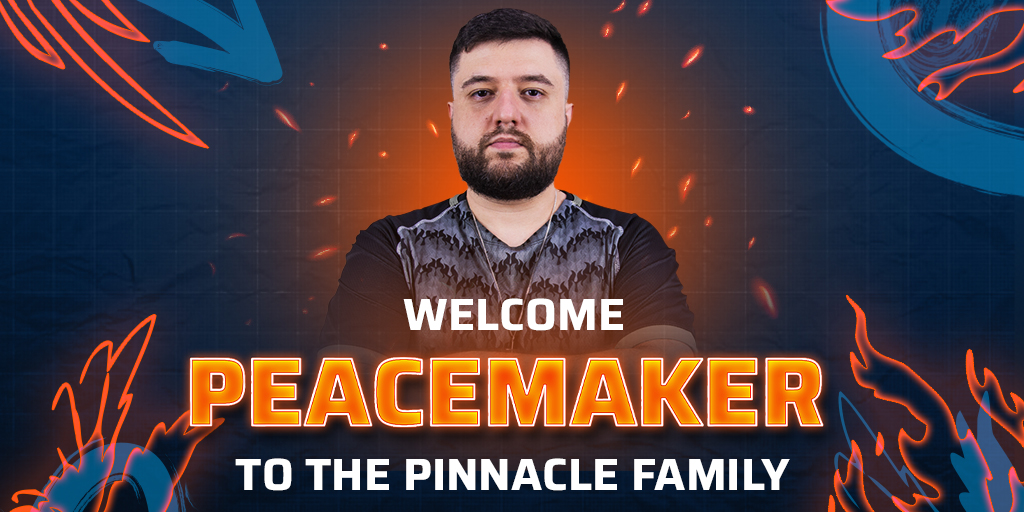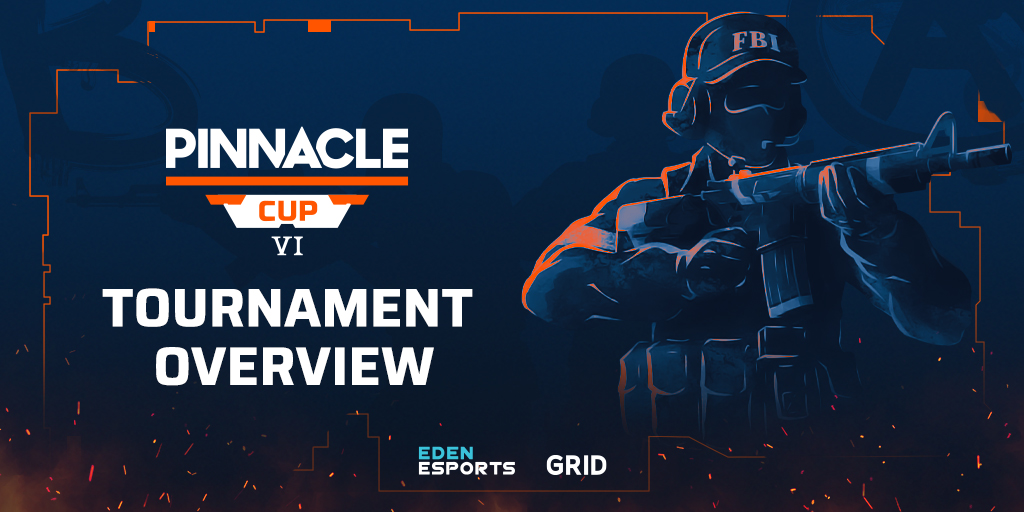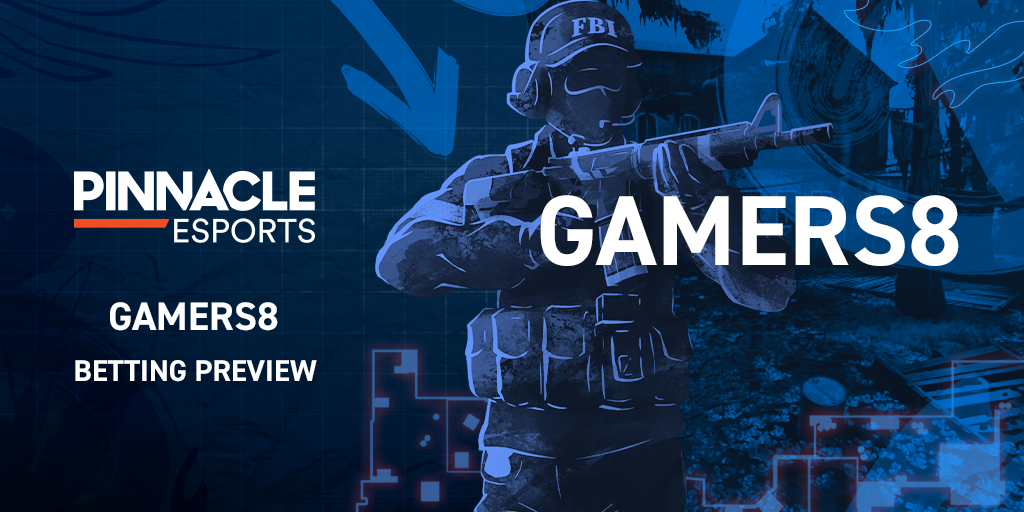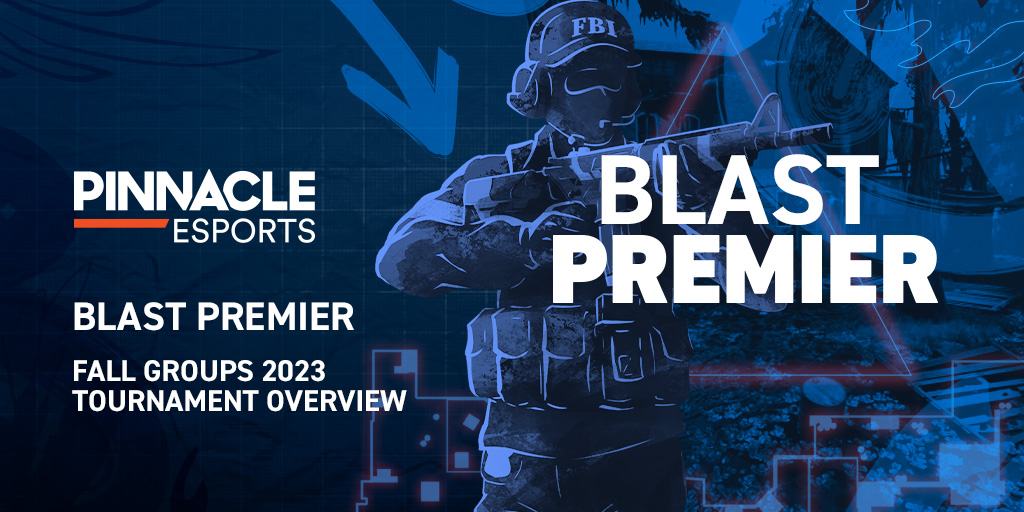Right at the end of August 2020, just after ESL One Cologne crowned Heroic as its winner, a new scandal rocked competitive CS:GO. A bug in the game meant that coaches of teams could exploit the camera to gain information they were not supposed to be privy to.
Insightful CS:GO Articles
Event previews, strategy articles and all the latest odds
Follow Pinnacle EsportsWhat is the coaching bug?
Understanding the exploit is the first step to understanding the true scandal that has recently occurred in CS:GO. Effectively, the bug allowed the coach to gain an overhead view of any part of the map at the start of the game, while being able to rotate the screen.
The coach would therefore be able to view whatever part of the map they wished. For example, a coach using the exploit could sit themselves on a bombsite and be able to tell their team if it was under attack and direct resources accordingly. Once there, the coach could remain there for the entire length of the map if they wished.
- Read: How is CS:GO popular?
It turned out it was an incredibly easy bug to replicate. To utilise it, the coach merely had to enter the team’s coaching slot before any other members of the team joined it. As long as they joined before their players did, the coach had carte blanche access to any part of the map for some espionage. The way to fix it was also simple, by reconnecting to the server or jumping into one of their players’ points of view.
Who has been affected?
Freelance referee Michal Slowinski and ESEA software development manager Steve Dudenhoeffer had spent the three weeks prior working 24 hours a day, utilising on and off 12-hour shifts to sort through over 1,500 demos from tournaments in 2020 and earlier. The demos they looked through came from a number of tournaments from different organisers, including large tournaments like ESL, ESEA, DreamHack, Flashpoint, FACEIT and events on the Regional Major Rankings (RMR) circuit.
The bug allowed the coach to gain an overhead view of any part of the map at the start of the game, being able to view whatever part of the map they wished.
ESL used the findings of the two investigations and announced punishments for those caught using the exploit in their tournaments from August 31, 2020, the day after ESL One Cologne concluded. In their announcement, three coaches were named and banned. These were MIBR’s coach Ricardo "dead" Sinigaglia, who was banned for six months, Heroic coach Nicolai "HUNDEN" Petersen, banned for 12 months, and Hard Legion coach Aleksandr "MechanoGun" Bogatyrev, banned for 24 months.
After ESL announced their bans, industry integrity body ESIC announced they too were going to hold an investigation, as well as extending the bans from ESL to the tournaments ESIC cover. While the majority of ESIC’s investigation will look at virtually every demo from the past four years, a secondary but key part sent more shockwaves around the scene.
ESIC gave coaches ten days to confess to the organisation if they had used the exploit in the past, in order to “work towards the reform and rehabilitation of offending parties.” This led to an entire swathe of coaches at all levels of the game publicly admitting that they had utilised the exploit at some point in time. The highest profile of the confessors include NiP’s Faruk 'pita' Pita, Allan 'Rejin' Petersen of mousesports and Slaava 'Twista' Rasanen of ENCE, all of which have been suspended by their respective teams. The end of HLTV.org’s article on the situation has a full list of coaches implicated in the scandal so far.
However, the full picture is yet to be known. Dudenhoeffer announced on Twitter that they had discovered abuse of the exploit dating back to mid-2015. ESIC’s investigation of the issue is yet to be concluded nor published, although the cut-off date for confessions has long passed. Truth be told, it could be months before the repercussions of a few bad actors stops being felt and the full damage is revealed.
What happens next?
There’s a few potential scenarios for what can happen next, but the big question is, as always, what will Valve do? The developer has historically been either super heavy-handed on punishments or incredibly lax and inactive on them. This has been seen on both issues of match fixing and those who use cheating software in-game.
Freelance referee Michal Slowinski an software developer Steve Dudenhoeffer had spent the three weeks working 24 hours a day to uncover users of the bug.
However, in this case, just over a week after ESL announced their first punishments, Valve announced they would intend to act. In terms of individual punishments, they stated that “[they’re] going to wait until we get a complete picture of the extent of the bug abuse and the punishments handed down by third parties.”
However, Valve did announce that teams who exploited the bug during the RMR events would be disqualified and have their points reset. So far, that punishment has been limited to MIBR, who lost all 2091.5 of their points, and Hard Legion, who dropped 2765 points.
In that same statement, Valve also announced they were to consider potential limitations to how coaches work during matches. So what could this look like in the not too distant future? There are (at least) three potential directions.
- Read: What makes a good IGL?
The most drastic of these would involve Valve completely eliminating the role of coach in active competition. This would be a knee-jerk reaction from an organisation that needs to shoulder some of the blame for leaving such a bug unpatched for at least five years. However, it’s also not totally unlikely, with Valve noted for not being total fans of in-game coaches, having limited their in-game influence to pause times back in 2016.
The second more likely option is that Valve will get more hands-on with monitoring coaches. At the moment, for this current world of online competition, communication isn’t always monitored. This means teams can have input from their coaches outside of the mandated pause times for Major circuit events, of which the RMR tournaments are a part of.
- Read: CS:GO weapons guide
This situation of effectively unmonitored free-flowing conversation would have made exploiting the bug more potent, as coaches could just tell their team where to go and no-one would know without a lengthy investigation. By enforcing communication monitoring, the chances of a similar bug like this being exploited in the same way drops significantly.
The third, and unlikely, option is that Valve just do nothing. Knowing the exploit has been patched, the developer could just sit back, see the “bad apples” get removed from the scene, take their share of the responsibility and accept such a scenario shouldn’t happen again. Whatever ends up happening, the competitive CS:GO stage has been changed forever.

